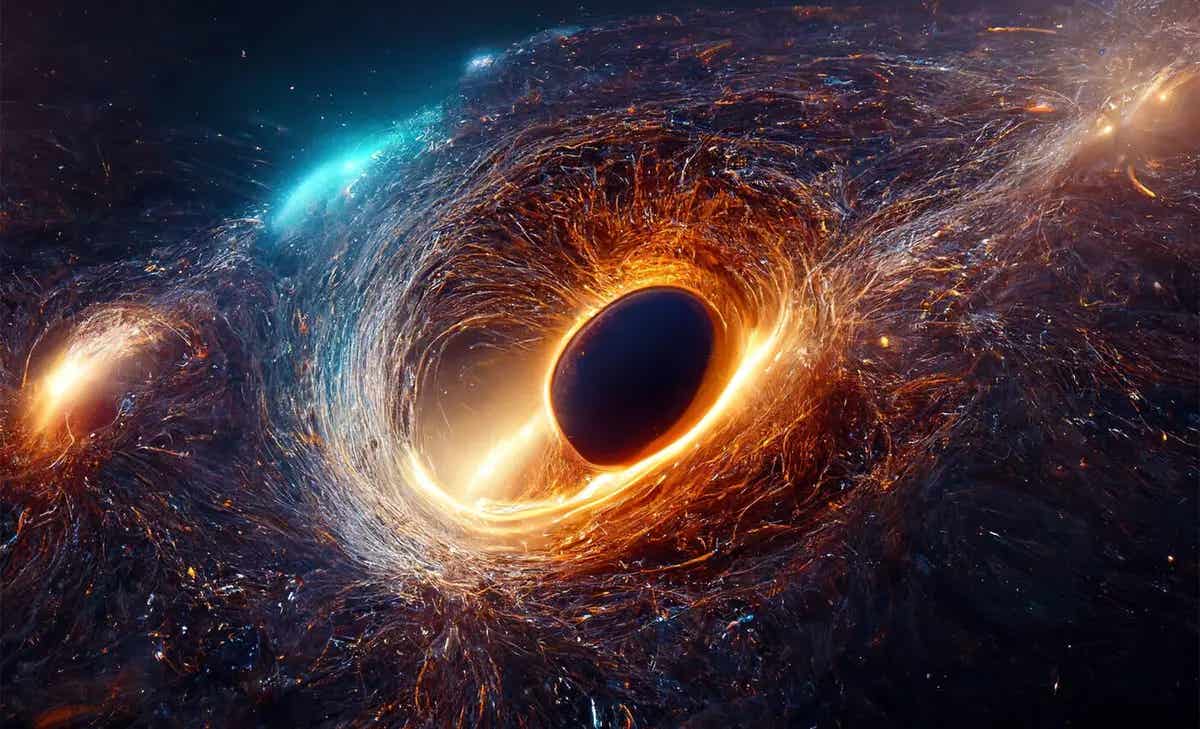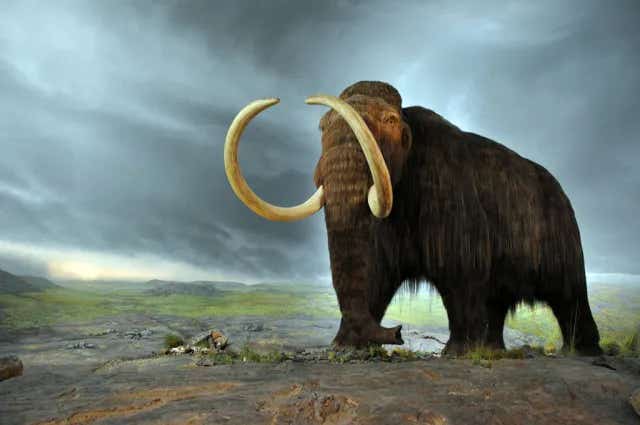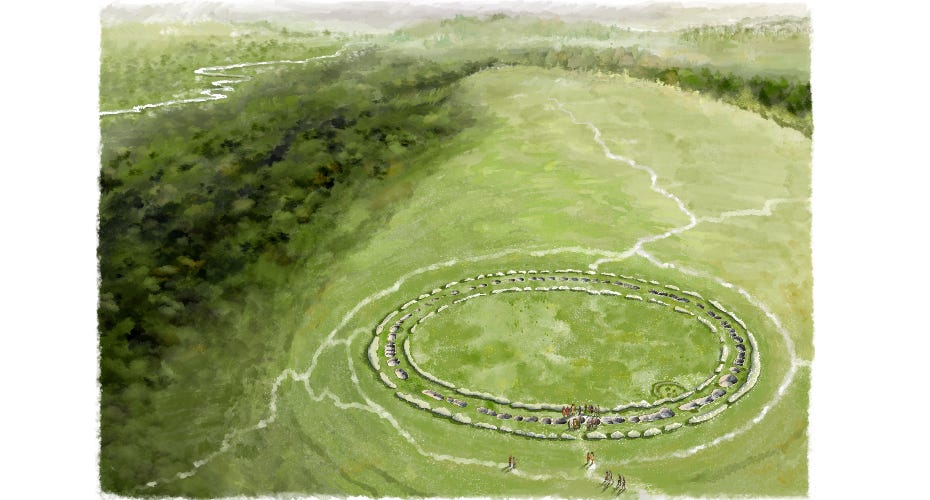The surprising link between quasars, black holes and the universe’s cosmic dawn
X-ray studies of ancient quasars unveil how supermassive black holes grew rapidly in the early universe, challenging existing astrophysical models.

X-ray studies of ancient quasars unveil how supermassive black holes grew rapidly in the early universe. (CREDIT: CC BY-SA 4.0)
The cosmic dawn, a period less than a billion years after the Big Bang, holds one of modern astrophysics' greatest mysteries: how supermassive black holes (SMBHs) grew to billions of solar masses in such a short time. Recent X-ray observations of some of the earliest and most luminous quasars offer new insights into this enigma.
Quasars, powered by SMBHs at their cores, are among the brightest and most distant celestial objects. These luminous beacons, dating to when the universe was still in its infancy, emit extraordinary energy as their central black holes devour surrounding matter. Analyzing their X-ray emissions has revealed surprising clues about how these black holes formed and grew.
A study led by researchers at the National Institute for Astrophysics (INAF) and published in the journal Astronomy and Astrophysics examined X-ray data from 21 quasars, some of the most distant ever discovered. Observations were conducted using the XMM-Newton and Chandra space telescopes, encompassing around 700 hours of data collection.
The research, part of the HYPERION project, focused on quasars formed during the universe's first billion years, aiming to unravel the mechanisms behind the rapid formation of their SMBHs.
Central to this investigation is the interplay between the accretion disc (AD) and the corona surrounding these black holes. The accretion disc, a dense, rotating structure of infalling matter, emits ultraviolet (UV) and optical light. These photons are then scattered by the corona's hot electrons, producing X-rays.
The spectral characteristics of these X-rays, such as their energy distribution and intensity, provide a direct window into the conditions near the black hole.
One of the most striking findings is a correlation between the X-ray emissions and the winds of matter ejected by quasars. These winds, which can reach speeds of thousands of kilometers per second, originate from the accretion disc.
The study revealed that quasars with cooler coronal temperatures and weaker X-ray emissions exhibit faster winds, suggesting a phase of accelerated growth. This rapid accumulation of matter exceeds the Eddington limit—a theoretical threshold for stable accretion. Such "super-Eddington" growth could explain how these black holes reached their immense sizes so quickly.
Related Stories
Conversely, quasars with hotter coronas and stronger X-ray emissions displayed slower winds, indicating a different phase in the black hole's growth. This discovery offers a new perspective on the dynamic processes shaping these massive objects.
"Our work suggests that the supermassive black holes at the center of the first quasars grew incredibly fast, challenging the limits of physics," explains Alessia Tortosa, the study's lead author. "The link between X-ray emissions and winds provides a crucial clue to understanding their rapid formation."
The findings also underscore the evolution of black hole properties over cosmic time. X-ray photon indices—parameters indicating the energy distribution of X-ray emissions—were steeper in these early quasars compared to their later counterparts.
This suggests a shift in the nuclear properties of SMBHs as the universe aged. Such changes align with theories of redshift evolution, where objects observed at greater distances (and thus earlier times) exhibit different characteristics than those in the local universe.
These observations align with a broader understanding of SMBH growth scenarios. Some models propose that SMBHs originated from massive "seeds," potentially thousands of times the mass of the Sun, formed from collapsing gas clouds or direct-collapse black holes.
Others suggest smaller stellar remnants that grew rapidly through intermittent super-Eddington accretion phases. While no single model has been conclusively proven, the data from HYPERION lends strong support to the latter theory.
"Our results are unexpected but exciting," notes Luca Zappacosta, the project leader. "They point to super-Eddington growth mechanisms, providing new insights into the early evolution of black holes."
The study also highlights the role of powerful winds in shaping quasar environments. Broad C IV emission lines, indicative of these winds, have been observed with velocities up to 8,000 kilometers per second. These winds appear to be connected to the accretion rate, reinforcing the interplay between the black hole's feeding process and its surrounding environment.
Previous research had shown a correlation between wind velocity and UV luminosity, but the HYPERION team found an additional anti-correlation between wind velocity and X-ray luminosity. This suggests that stronger winds are associated with cooler coronas and weaker X-ray sources, providing further evidence of the complex dynamics at play.
The implications of these findings extend beyond understanding SMBHs. They offer a framework for future X-ray missions, such as ESA's ATHENA and NASA's AXIS and Lynx projects, which aim to explore the universe's earliest epochs.
By refining observational strategies and enhancing instrumentation, these missions could uncover more about the origins of galactic structures and the evolution of SMBHs.
The HYPERION project, supported by INAF and ESA, demonstrates the power of international collaboration in advancing our understanding of cosmic history. Through meticulous data collection and analysis, researchers have provided a clearer picture of the universe's first billion years, shedding light on processes that continue to shape galaxies today.
As astronomy moves forward, these insights lay the groundwork for unraveling even deeper mysteries of the cosmos. From the extreme environments of quasars to the birth of the first galaxies, the universe's story is becoming clearer, one X-ray photon at a time.
Note: Materials provided above by The Brighter Side of News. Content may be edited for style and length.
Like these kind of feel good stories? Get The Brighter Side of News' newsletter.
Joseph Shavit
Head Science News Writer | Communicating Innovation & Discovery
Based in Los Angeles, Joseph Shavit is an accomplished science journalist, head science news writer and co-founder at The Brighter Side of News, where he translates cutting-edge discoveries into compelling stories for a broad audience. With a strong background spanning science, business, product management, media leadership, and entrepreneurship, Joseph brings a unique perspective to science communication. His expertise allows him to uncover the intersection of technological advancements and market potential, shedding light on how groundbreaking research evolves into transformative products and industries.



